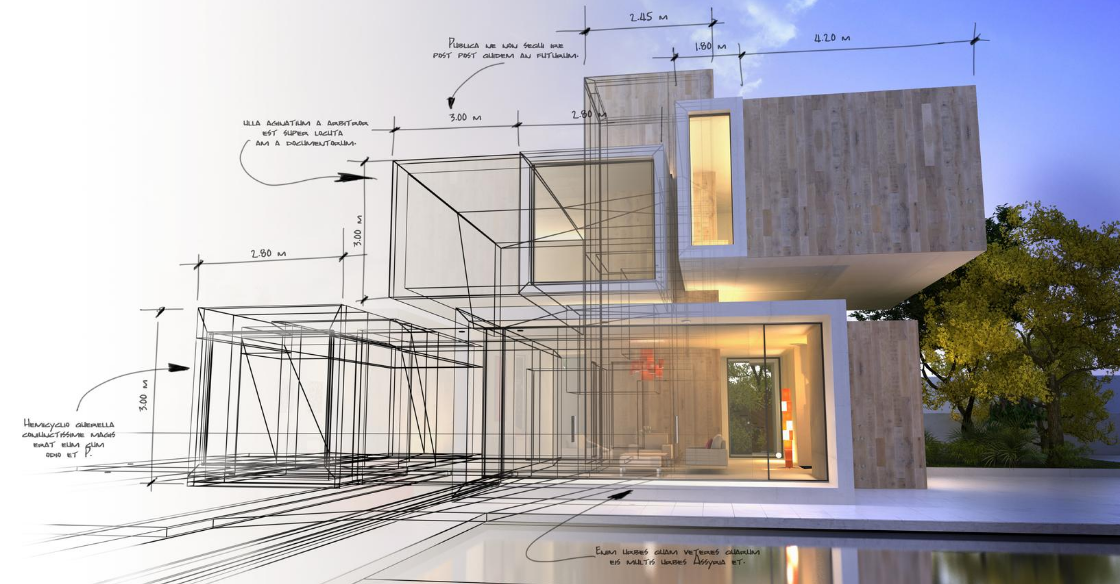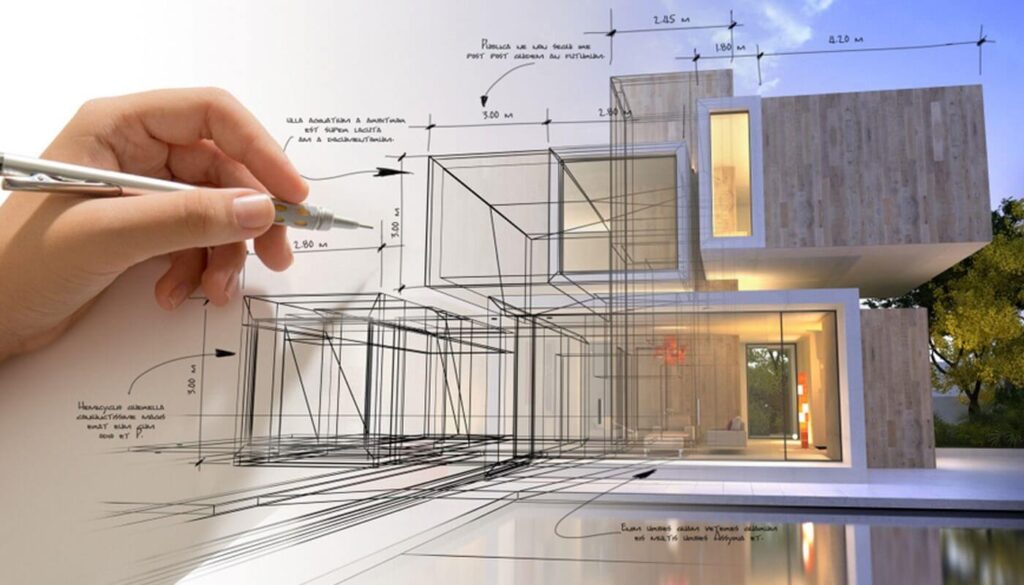The Creative Process Behind Successful Projects from CDA Architects
The Creative Process Behind Successful Projects from CDA Architects
Blog Article
Comprehending the Collaborative Process In Between Engineers and Engineers in Modern Construction Projects
The collective process in between designers and designers is essential in contemporary building tasks, as it balances design intent with design feasibility. Checking out these characteristics discloses insights that might considerably impact job results and general sector criteria.
The Importance of Partnership
The collaborative synergy between engineers and designers is vital for the effective understanding of any building project. This collaboration brings with each other distinctive competence and perspectives, enabling the integration of innovative design with functional engineering options. By interacting, engineers and engineers can make sure that a task not just satisfies visual and functional requirements but additionally abides by safety and security, sustainability, and monetary restraints.
Cooperation fosters a shared vision, helping with the positioning of goals and expectations from the beginning. This placement is vital in resolving prospective challenges and mitigating dangers that can develop during the project lifecycle. A collective method permits for the efficient appropriation of resources, optimizing both time and expense.
The significance of cooperation extends to the iterative process of layout and construction, where feedback from designers can educate building decisions, resulting in even more possible and sustainable designs. On the other hand, designers can motivate engineers to think creatively regarding exactly how to attain architectural honesty without jeopardizing imaginative intent. Ultimately, the joint connection in between architects and designers is not merely helpful; it is essential to the creation of top notch, useful, and ingenious built environments that fulfill the requirements of culture.
Interaction Strategies and Tools
Reliable communication strategies and devices are crucial for fostering cooperation in between architects and designers throughout the project lifecycle. Developing clear networks of communication is vital to make certain that all staff member are aligned with job objectives, timelines, and obligations. Routine conferences, both in-person and online, give chances for stakeholders to talk about progression, address problems, and make informed decisions.
Utilizing job monitoring software application, such as BIM (Building Details Modeling) platforms, improves cooperation by enabling real-time sharing of style alterations and technological requirements. These devices promote transparency, enabling architects and designers to visualize changes and analyze their influence on the general task.

Shared Objectives and Project Vision

Developing common objectives involves open discussion and an extensive understanding of each technique's contributions. Designers normally concentrate on design intent, spatial partnerships, and individual experience, while designers highlight structural honesty, systems performance, and compliance with regulations (cda architects). When these viewpoints are aligned, the outcome is a cohesive task that sticks to both creative ambitions and technical expediency
Moreover, a distinct project vision promotes accountability amongst employee, motivating each individual to take possession of their duty in accomplishing the preferred end result. Normal check-ins and collaborative workshops can even more reinforce this commitment, allowing for changes to be made as the project evolves. Eventually, a shared vision not only enhances team effort yet additionally elevates the quality of the last deliverable, causing effective task conclusion.
The Function of Technology
Leveraging modern technology has come to be necessary in enhancing collaboration in between architects and designers. Building Details Modeling (BIM) stands out as a pivotal modern technology, enabling both engineers and engineers to create thorough 3D models that encapsulate style intent and architectural honesty.
In addition, cloud-based platforms allow smooth cooperation, allowing job stakeholders to accessibility and update task data from anywhere. This fosters a culture of openness and accountability, as changes can be tracked and examined in real-time. Furthermore, mobile applications further enhance interaction, providing on-site groups with prompt accessibility to job specifications and updates.
Emerging technologies such as expert system and artificial intelligence are additionally beginning to play a duty in anticipating evaluation, helping teams identify possible look these up concerns prior to they arise. Eventually, the function of innovation in architecture-engineering collaboration not only boosts workflow performances but also improves technology, causing even more successful project results. By accepting these technical advancements, designers and designers can ensure an extra natural and efficient joint process throughout the construction lifecycle.
Situation Researches in Effective Partnerships
Many instance researches highlight the profound impact of efficient partnerships between architects and designers on task end results. One notable example is the partnership on the High Line in New York City, where landscape engineers, designers, and city coordinators functioned together to transform a deserted you could try these out rail line right into a vivid public park. This multidisciplinary method not only boosted the visual high quality but additionally guaranteed structural safety and security and environmental sustainability.
Another exemplary situation is the design and building and construction of the Sydney Opera House. The collaboration in between architect JÃ ¸ registered nurse Utzon and architectural engineer Ove Arup exhibited cutting-edge problem-solving. Their cooperation allowed for the renowned shell-like layout while dealing with complicated design challenges, eventually bring about a timeless architectural work of art.
The Burj Khalifa in Dubai better demonstrates the importance of collective initiatives. cda architects. The click this link assimilation of architecture and engineering proficiency allowed the job group to attain unprecedented heights while adhering to security guidelines and visual vision
These instances underscore the importance of communication, count on, and shared goals. In today's complicated building atmosphere, such collaborations are necessary to navigating challenges and delivering projects that meet both functional and visionary goals.
Conclusion
To conclude, the collaboration between architects and engineers is essential for the success of modern construction projects. Effective interaction strategies, a common task vision, and the combination of sophisticated innovations are vital elements that facilitate this collaboration. By cultivating a society of responsibility and leveraging tools such as Building Details Modeling (BIM), groups can navigate project complexities, making certain that visual, practical, and sustainability objectives are achieved. Inevitably, this harmony results in innovative and effective job outcomes.
Report this page